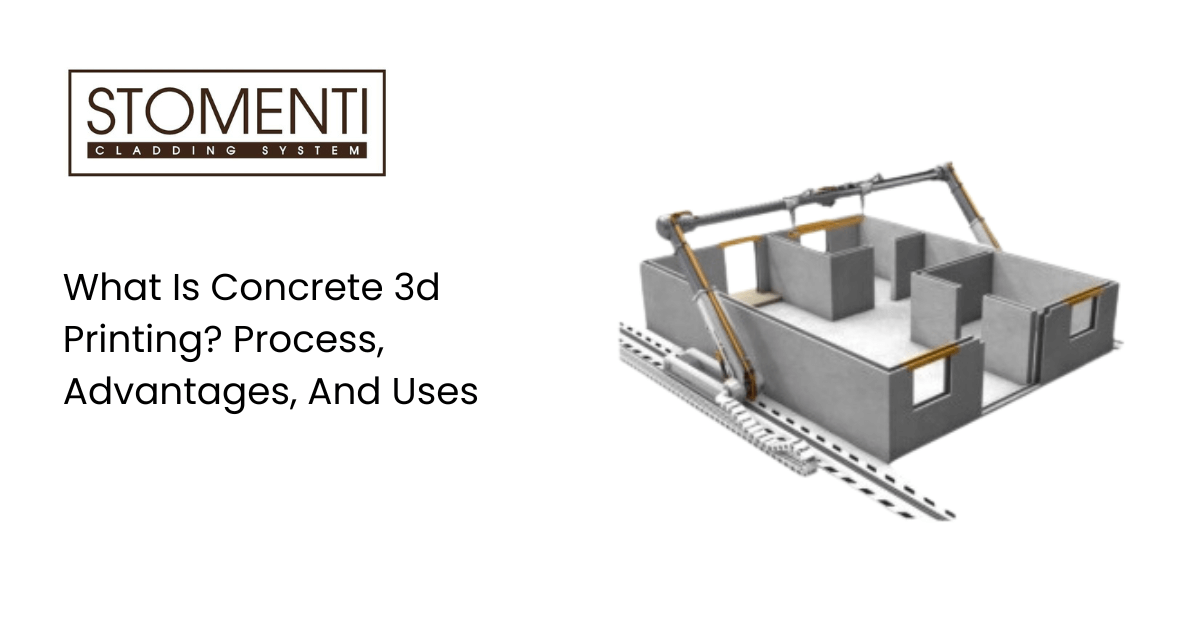

What Is Concrete 3d Printing? Process, Advantages, And Uses
Concrete 3D printing, also called additive construction or 3D construction printing, is a new technology that makes it possible to use a 3D printer to make large-scale concrete buildings. It can change how buildings are made by making them faster, cheaper, and better for the environment.
Concrete 3D printing: process, advantages, and uses
Process of Concrete 3D Printing
Traditional building methods pour concrete into moulds or formworks that are put together on-site. This takes a lot of time and can be expensive and in addition bad for the environment. With 3D concrete work, the process is automatic. Layer by layer, the printer pushes out concrete, building up the structure in less time and with much less waste. Concrete 3D printing can be done with various materials, such as cement-based mixes, clay, and recycled materials.
One of the best things about 3D printing concrete is that it can be used to make complicated shapes and designs that would be hard or impossible to make with standard building methods. This gives builders and designers new ways to build beautiful and functional structures.
Advantages of Concrete 3D Printing
Concrete 3D printing can save you a lot of money and help the environment. The process is automatic and cuts down on labour costs and waste. Moreover, the fact that recycled materials are used cuts down on the environmental effect. Also, technology makes it possible to build buildings with thinner walls, which reduces the number of materials needed and makes them use less energy.
Uses of Concrete 3D Printing
Concrete 3D printing is already being used for many projects, from small buildings like houses and shelters to bigger ones like bridges and business buildings. Even though the technology is still in its early stages, it can change the building industry and make buildings more sustainable and efficient.
In Short!
3D printing with concrete is a game-changing tool which is improving how we build structures. Its ability to help make complex shapes, cut costs and waste, and use sustainable materials could change how infrastructures are developed and make the world more efficient and greener.





